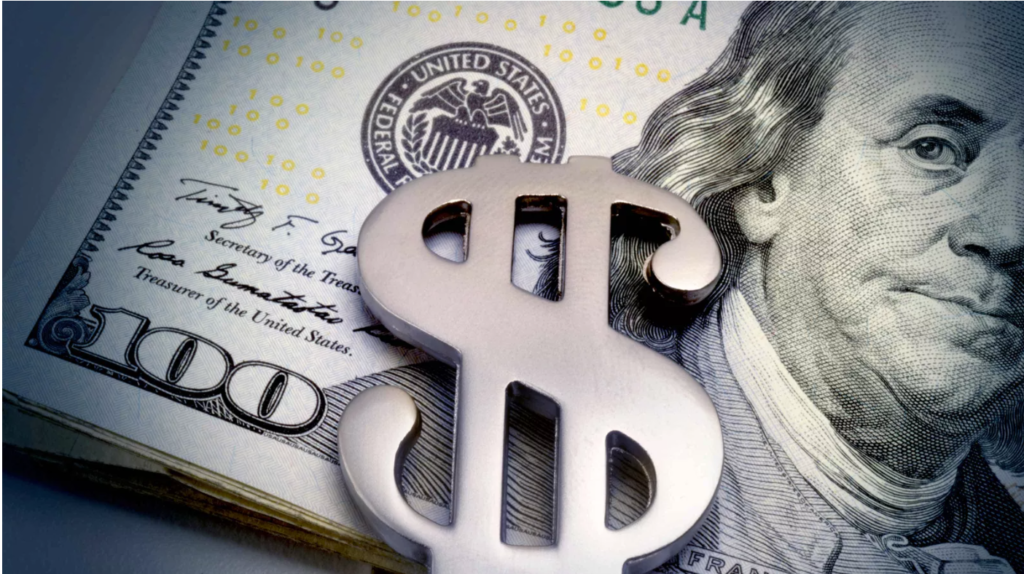
Treasury Yields In the world of finance, few indicators are as closely watched as the yield on the US 10-year Treasury bond. Recently, this yield has been making headlines, as it surged above 4.5% for the first time in 16 years. This dramatic increase was driven by a bullish stance taken by the Federal Reserve, which has significant implications for the economy. In this article, we will delve into the factors behind this surge and what it means for investors, businesses, and everyday Americans.
The Federal Reserve’s Impact
The Federal Reserve plays a pivotal role in shaping the economic landscape of the United States. In the latest development, the Fed has not only buoyed the chances of another interest rate hike before the year-end but has also raised its growth and inflation forecasts. This move has sent ripples through the financial markets.
Treasury Yields US on the Rise
US 10-year Treasury yields have been on a relentless climb, rising by 0.3% to reach 4.509%, a level last seen in October 2007. This surge comes on the heels of a 1.9% increase in yields just the day before, marking the third consecutive day of gains. What’s driving this upward trajectory? One significant factor is the release of strong US labor data, which has instilled confidence in the economy.
Employment and the Fed’s Decisions
A recent tumble in US unemployment claims to six-month lows has bolstered the likelihood of another Federal Reserve interest rate hike this year. With interest rates already hovering below 5.5%, a level not seen since 2001, the Fed’s actions are sending a clear signal that the current policy tightening cycle may be nearing its conclusion.
Treasury Yields
The Fed has stated that the pause in interest rate hikes is intended to allow recent policy decisions to take effect on US economic data. This measured approach is taken even as inflation continues to linger above the target rate of 2%. The central bank has made it clear that it will closely monitor various economic indicators, including labor and consumer prices, as well as global financial developments, to determine the best course of action for its policies.
Economic Outlook
The Federal Reserve’s economic outlook report, released recently, includes several key modifications. Growth projections for this year have been revised upward to 2.1% from the previous estimate of 1.0% made in June. Looking further ahead
growth forecasts for 2024 and 2025 have also adjusted
indicating optimism about the country’s economic prospects.
Inflation expectations have also seen revisions, with total inflation forecasts at 3.3% for this year and 2.5% for the following year. Core inflation, which excludes volatile energy prices, forecasted to reach 3.7% this year, 2.6% next year, and 2.3% in 2025. These numbers reflect the Fed’s concern about rising prices.
Treasury Yields Powell’s Perspective
Jerome Powell, the Chair of the Federal Reserve, has emphasized that controlling inflation is a long-term endeavor. He has indicated that interest rates are likely to remain high for an extended period to combat inflation effectively. Powell believes that another interest rate hike won’t have a significant impact on the overall economy but will be instrumental in bringing inflation closer to the Fed’s 2% target.
Powell’s outlook on inflation is cautiously optimistic. He expects inflation to reach the 2% target by the end of 2025, while acknowledging that it will remain above 3% for the current year. Powell’s focus on core inflation, which provides a more stable gauge of price increases, underscores the Fed’s commitment to maintaining price stability.
Conclusion
In conclusion, the surge in US 10-year Treasury yields is a reflection of the Federal Reserve’s confidence in the economy’s strength and its determination to tackle inflation. While these developments may bring short-term uncertainties, the Fed’s measured approach aims to ensure long-term economic stability. As investors, businesses, and individuals navigate this changing landscape, it’s essential to stay informed and adapt to the evolving economic conditions.
FAQs
- What are US 10-year Treasury yields? US 10-year Treasury yields represent the interest rate on the 10-year government bond issue by the United States. They are a crucial indicator of borrowing costs and investor sentiment.
- Why did US Treasury yields surge above 4.5%? The surge in US Treasury yields driven by a more hawkish stance by the Federal Reserve, which raised the likelihood of further interest rate hikes to combat inflation.
- How does the Federal Reserve impact the economy? The Federal Reserve influences the economy by setting interest rates and implementing monetary policy. Its decisions can affect borrowing costs, inflation, and economic growth.
- What is core inflation, and why is it important? Core inflation excludes volatile price components, such as food and energy. It provides a more stable measure of price changes and is closely monitore by central banks.
- How should investors and businesses respond to rising Treasury yields? Investors and businesses should carefully assess their portfolios and strategies in response to rising yields. Diversification and risk management are key considerations in this environment.
